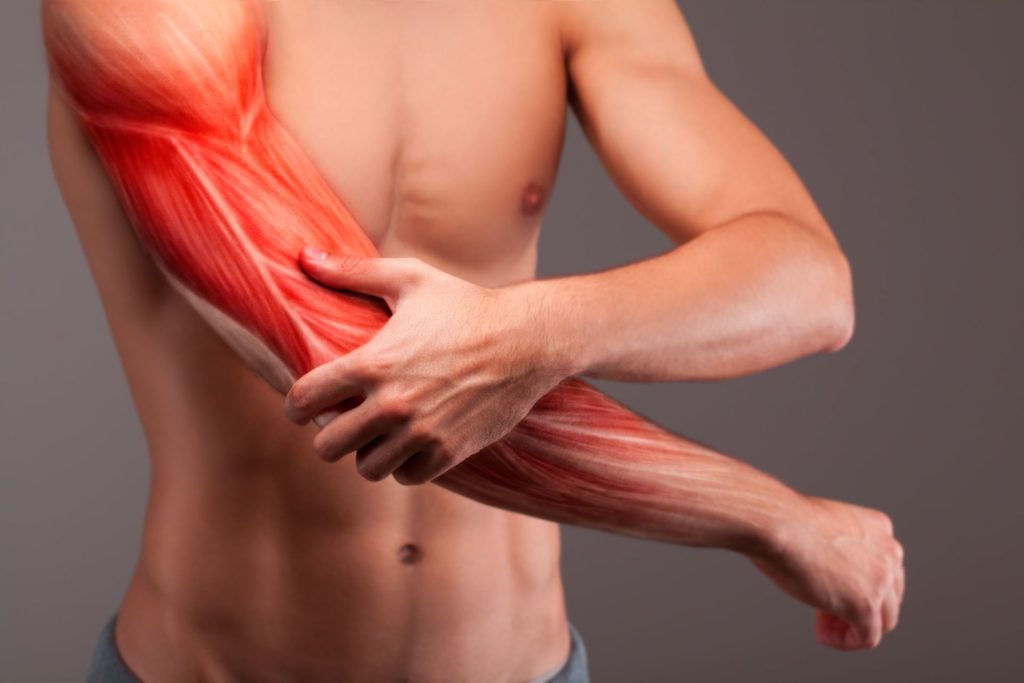
Elbow pain is a far too common symptom of dysfunction. Many people develop elbow pain from overusing certain muscles in their hobbies and sports. Many forms of tendinitis occur around the elbow. Tendinitis is one of the most common forms of elbow pain and dysfunction. Whether your pain is on the inside or outside of the elbow, muscle imbalances surrounding your this joint are often to blame. Let’s take a look at a strategy for managing and preventing elbow pain.
Perform an assessment
While many treatments in sports science are controversial and debated, with mostly anecdotal evidence as support, strengthening a muscle remains the most effective and proven method of managing muscle related dysfunctions.
In a muscle imbalance, it is important to strengthen the proper muscles. This is why using an assessment is a good idea. There are many range-of-movement assessments that can be done which are a good start for identifying limitations.
In a muscle imbalance, certain muscles are overused and overdeveloped. Conversely, muscles on the opposite side are weak and dysfunctional. An assessment will tell us which muscles we want to lay off of and which muscles we should strengthen.
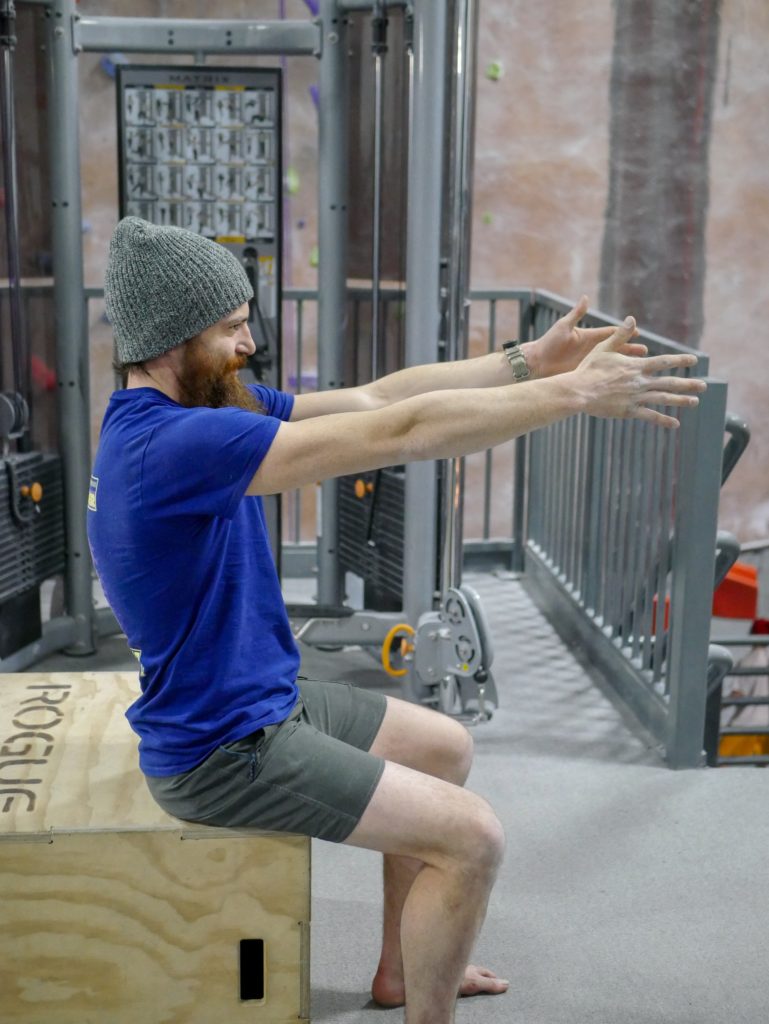
Test with corrective exercise
One good trick for performing an assessment is to perform corrective exercises for the muscle groups involved and look for weaknesses.
Performing opposite muscle functions is the strategy to take. For instance, we want to test muscles around the elbow we can use the T
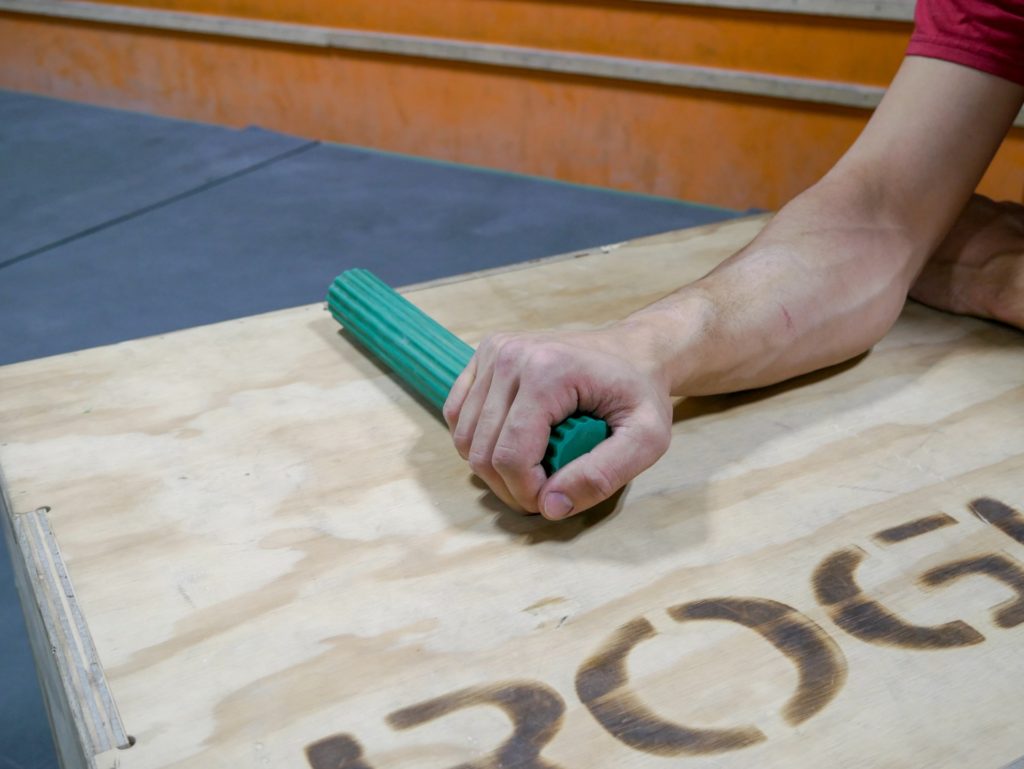
Supination start 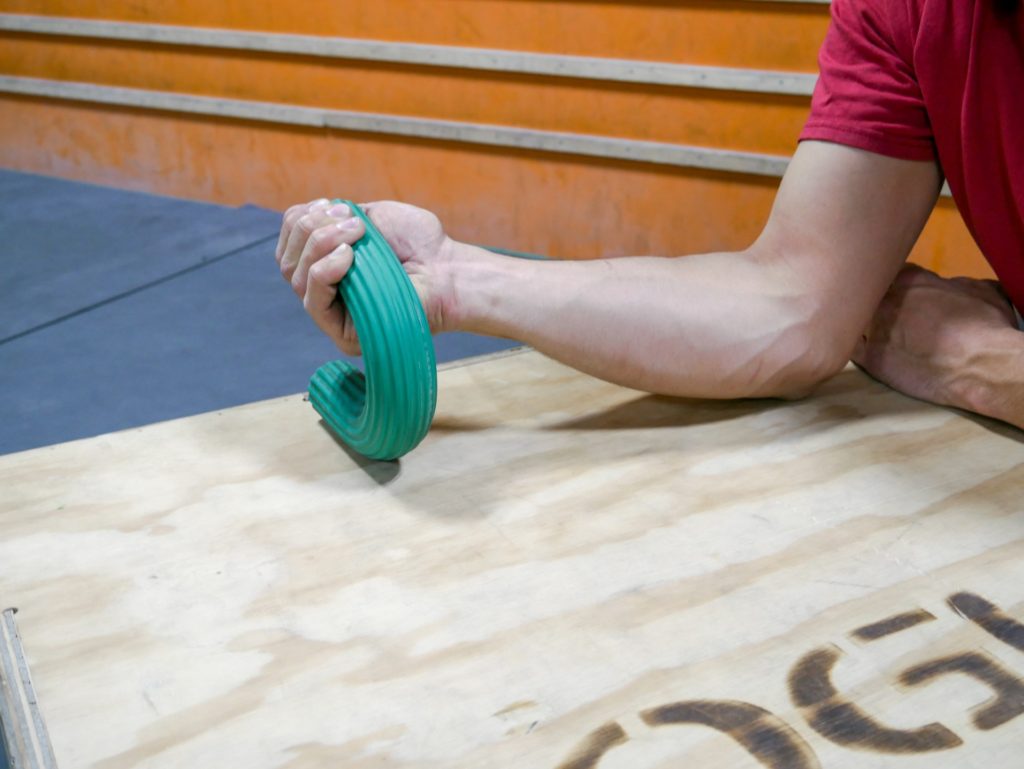
Supination finish
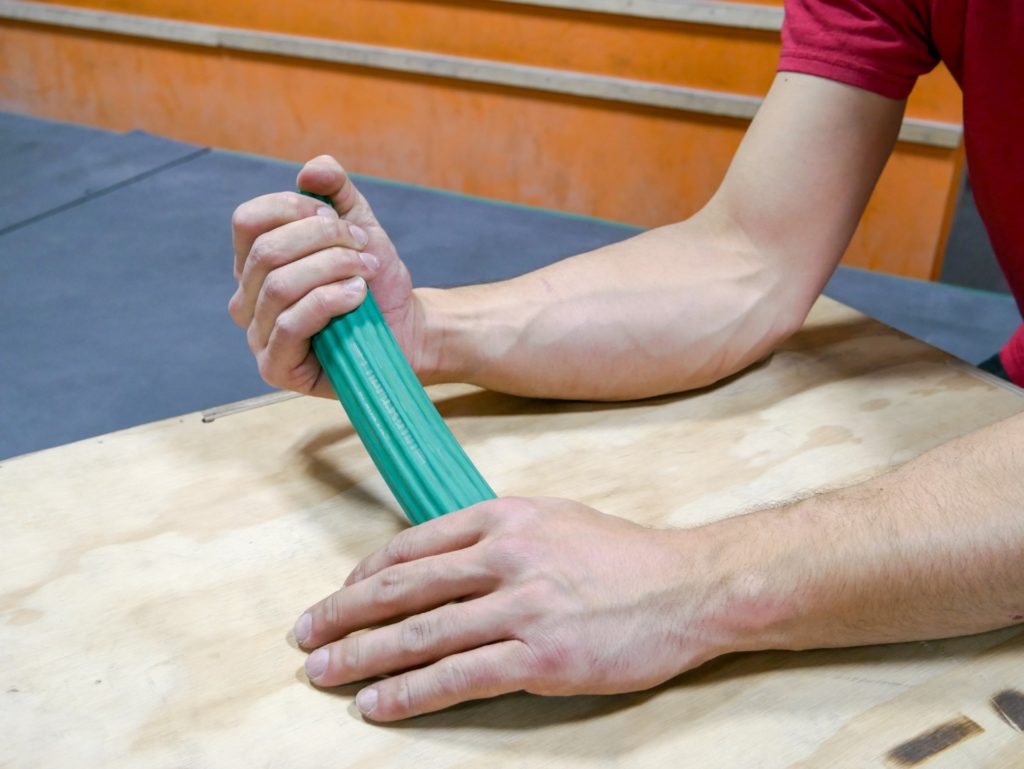
Pronation start 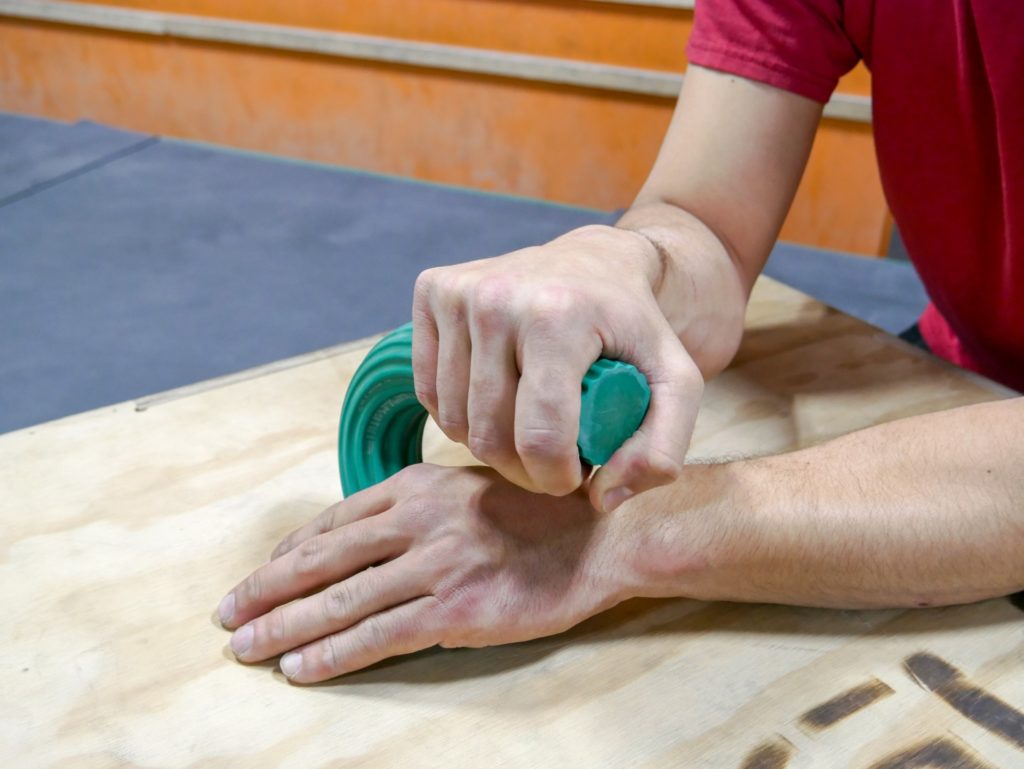
Pronation finish
By performing a set of 20 pronations and then a set of 20 supinations we can compare the difficulty of each movement and see if weaknesses exist more so on one side.
What do the results mean?
The muscles in your forearm and arm work together to perform one very simple task; flex and extend the elbow and manipulate the hand/wrist. If we are weak at one particular movement such as supination, performing exercises will begin to correct the muscles involved in the imbalance.
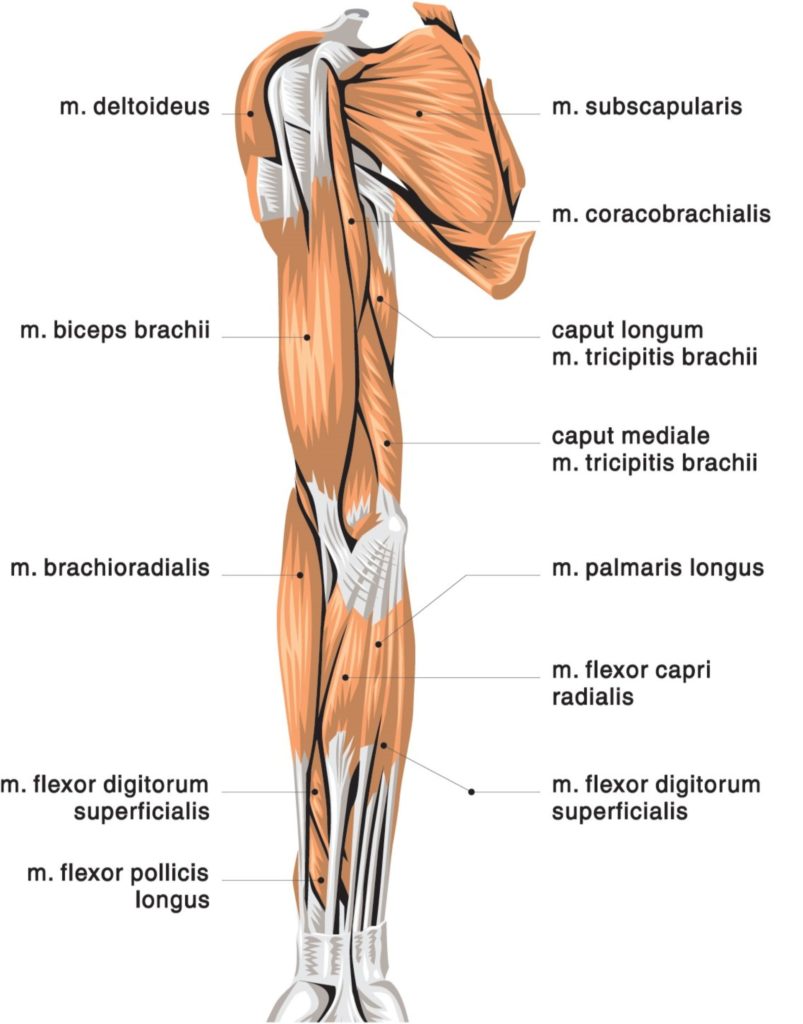
Usually, outside elbow pain is a symptom of a muscle imbalance where the extensor muscles of the forearm are being overused, while many of the flexor muscles might become weak and underdeveloped. Outside elbow pain is also called golfers elbow.
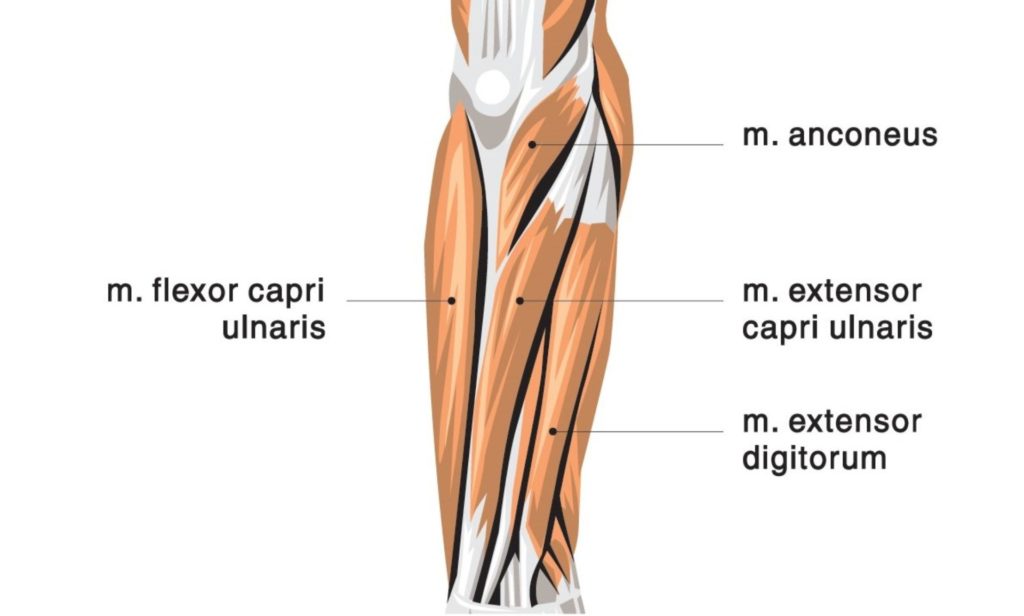
Inside elbow pain is often a result of an overuse of the flexor muscles in the forearm, which will usually leave the extensors of the forearm weak and dysfunctional. Inside elbow pain is often referred to as tennis elbow.
Perform corrective exercises regularly
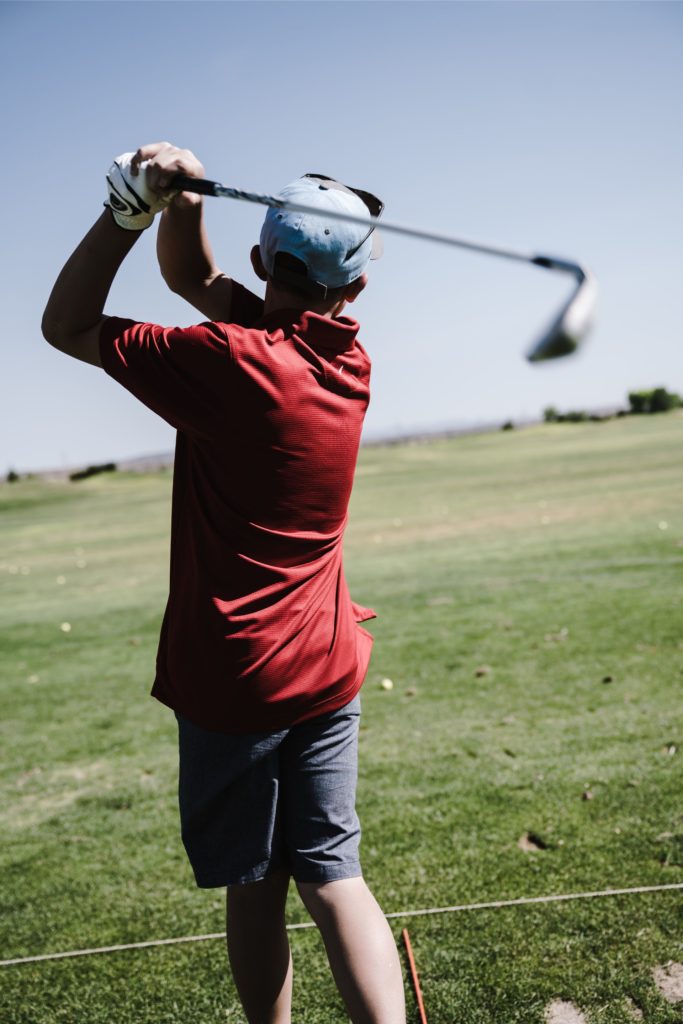
After you determine which muscles are weakened and underdeveloped, you can increase the volume of exercises for those muscles throughout the week. Doubling up on weaknesses can be a good way to restore balance.
Corrective exercises should be added into a program you are currently on. Because they are performed with low intensity, high repetitions they often can be done regularly multiple times throughout the week.
You should be spending less time in pain, not more time in pain. If your symptoms get work, you should rest or seek medical assistance. You shouldn’t push through bad pain, muscle fatigue/burning is fine but not stabbing, sharp pains or throbbing and numbness.
Head over to the hand, wrist, and forearm corrective exercises section to learn the tools!


